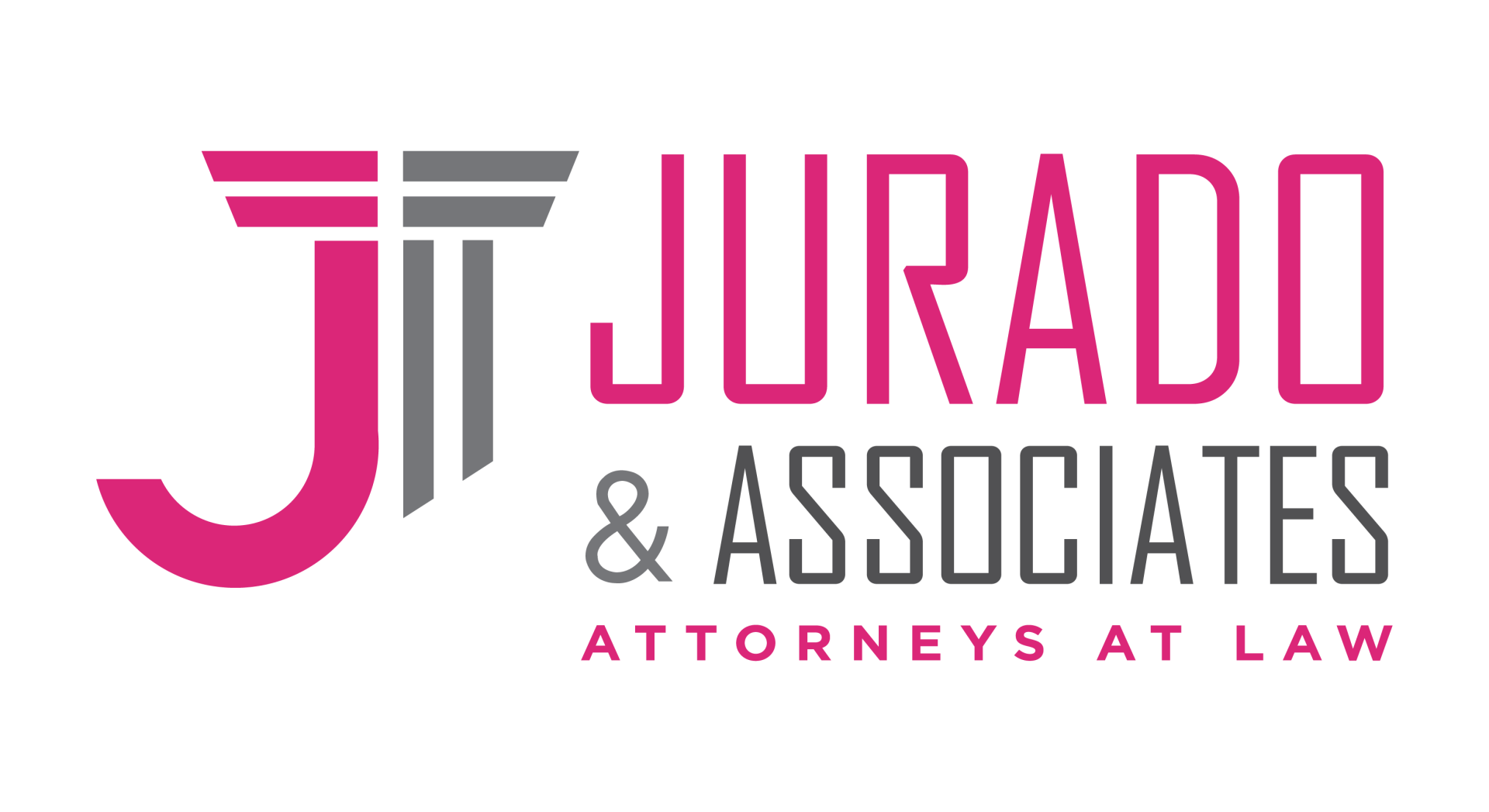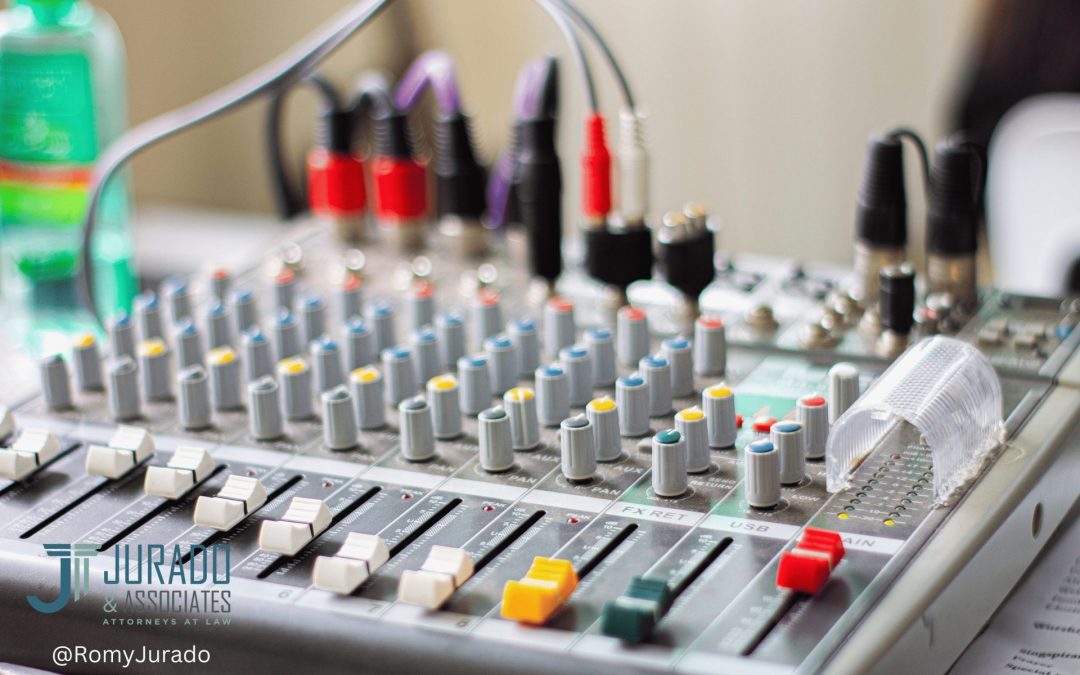The United States Patent and Trademark Office (USPTO) defines the concept of a trademark as “any trademark can be any word, phrase, symbol, design, or a combination of these things that identifies your goods or services.”
Is it possible to trademark a sound? Read on to find out the fundamentals of sound trademarks.
USPTO Sound Trademark Registration – The Basics
If a specific sound is associated with a brand to identify the sources of goods or services and distinguish it from competitors in the marketplace, it may be registered as a federal trademark with USPTO.
Not only the USPTO supports sound trademark registration, but the agency’s website provides a list of examples of registered sounds. One of the most iconic examples of a sound trademark is the music feature on the opening credits to every Twentieth Century Fox movie.
Within a second, viewers establish a connection between the unique combination of chords featuring trumpets, strings, and drums with this entertainment/motion picture company.
How to Register a Sound Trademark – Understanding the Application Process
With very few differences, sound trademarks must essentially meet USPTO’s registration requirements as any other marks used in business.
Accordingly, Section 1202.15 of USPTO’s Trademark Manual of Examining Procedure state that “a sound mark identifies and distinguishes a product or service through audio rather than visual means.”
The same rule adds that “sound marks function as source indicators when they assume a definitive shape or arrangement and create in the hearer’s mind an association of the sound with a good or service.”
There are two registration options in the Trademark Electronic Application System (TEAS), which are TEAS Plus and TEAS Standard.
The TEA Plus option has stricter requirements for applicants, as they need to select the goods or services they are applying for in the Trademark Identification (ID) Manual.
If the applicant’s goods or services are identified in the Trademark Identification (ID) Manual, he or she must opt for the TEAS Standard option. In such cases, the applicant must submit a description of the goods or services to be registered but without a detailed approach.
As the TEA Plus option has more up-front requirements, applicants only pay a $250 fee per class of goods or services registered. Conversely, the TEA Standard option has fewer up-front requirements, which results in a $350 fee per class of goods or services registered.
USPTO requires sound trademarks to be distinct and unique. Trying to register commonplace or generic sounds will likely result in refusal, which makes sound trademarks harder to obtain than word or image marks.
Applicants must also submit an audio file with the precise sound mark to be registered with USPTO.
Before starting the application process, it is vital to consult with an experienced intellectual property attorney to identify whether USPTO registration is the best choice. In many situations, copyright law offers superior protection than trademark law.
Do You Want to Register a Sound Trademark with USPTO? – Immediately Seek Expert Legal Guidance
A well-versed legal advisor in intellectual property law, Attorney Romy B. Jurado willingly wants to help protect your interests. Contact us by calling (305) 921-0976 or emailing [email protected] to find a cost-effective strategy for your case.





